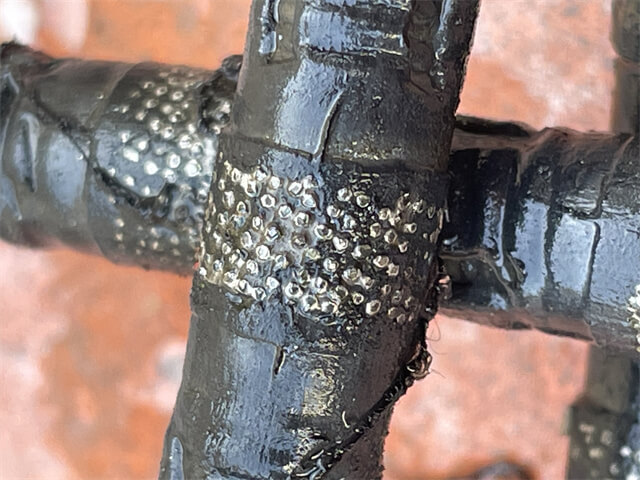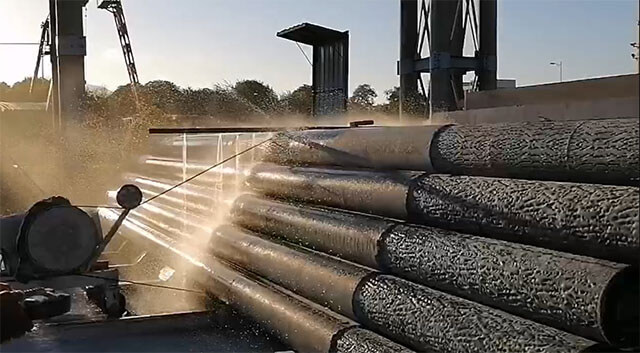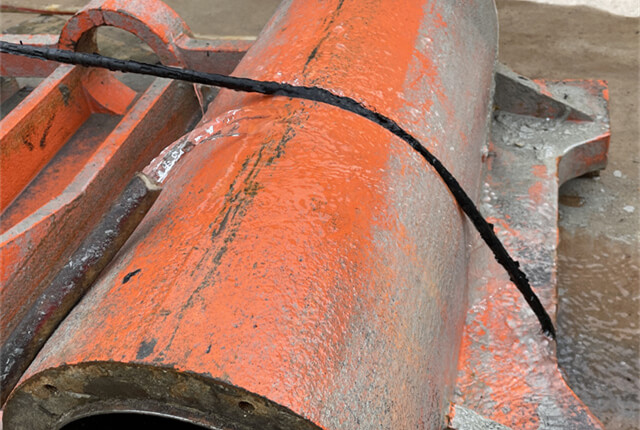Author:Huada Quarrying Machine FROM:Stone quarry machine manufacturer TIME:2023-11-01
Wire saw technology has revolutionized the stone industry, enabling precise and efficient cutting of various materials. However, its application in the metal cutting sector is a relatively new development. This article aims to provide a market analysis of wire saws used specifically for cutting metal. By examining the current trends, challenges, and opportunities in this niche market, we can gain insights into the potential growth and future prospects of wire saws for metal cutting.

Wire saws have gained popularity in the stone industry due to their ability to cut large blocks of materials with minimal waste. In recent years, there has been a growing demand for wire saws in the metal cutting sector as well. This trend can be attributed to several factors. Firstly, wire saws offer high precision and accuracy, allowing for intricate cuts and shapes in metal. This is particularly important in industries such as aerospace and automotive, where precision is crucial. Secondly, wire saws offer faster cutting speeds compared to traditional methods, reducing production time and increasing efficiency. Lastly, wire saws provide cost savings by minimizing material waste and reducing the need for secondary processing.

Although wire saws offer numerous benefits for metal cutting, they also face some challenges. One of the main challenges is the selection of suitable cutting wire. Unlike stone cutting, metals come in various types and hardness levels, requiring different cutting parameters. Finding the right combination of wire material, diameter, and tension is essential for achieving optimal cutting performance. Additionally, the high temperatures generated during metal cutting can affect the lifespan and performance of the cutting wire. Proper cooling systems and lubricants must be utilized to manage heat buildup and prolong the wire's lifespan. Furthermore, wire saws for metal cutting often require specialized equipment and expertise, adding to the initial investment and operational costs.

Despite the challenges, wire saws for metal cutting present significant opportunities for growth. With advancements in wire technology and manufacturing processes, manufacturers can develop cutting wires that are specifically designed for different types of metals. This customization will enhance cutting efficiency and reduce downtime caused by wire breakage or wear. Moreover, the increasing demand for lightweight materials in industries such as aerospace and transportation opens up new avenues for wire saws. These materials, including aluminum, titanium, and composites, require precise cutting techniques, making wire saws an ideal choice. Additionally, the adoption of automation and robotics in metal cutting processes further drives the demand for wire saws, as these systems can easily integrate with wire cutting technology.
In conclusion, the market for wire saws to cut metal is experiencing steady growth and presents promising opportunities. The current trends indicate a growing demand for precision, efficiency, and cost-effectiveness in metal cutting processes. While challenges exist, such as selecting suitable cutting wires and managing high temperatures, advancements in technology offer solutions. As the demand for lightweight materials and automation continues to rise, wire saws will play a crucial role in meeting the industry's needs. Manufacturers and suppliers in the wire saw industry should focus on developing tailored solutions to cater to different metal cutting requirements and capitalize on the potential for growth in this niche market.